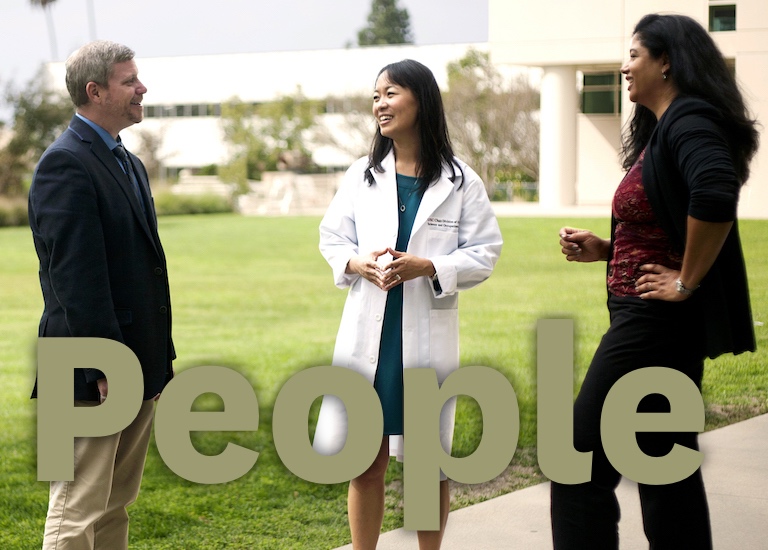Student Blog
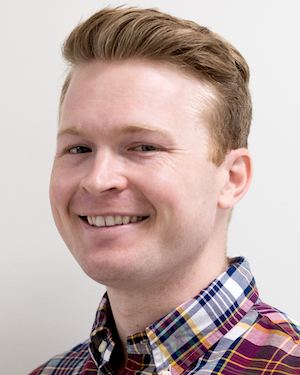
Ergo Externship ⟩
March 26, 2020, by Kevin
Despite the COVID-19 pandemic escalating each day, I had an unforgettable externship experience that kept me uplifted during these difficult times. My original externship plan was to attend an ergonomic certification course in-person and shadow Marissa Marchioni OTD, OTR/L, CEAS at the USC Occupational Therapy Faculty Practice. As the situation escalated, I chose to do most of my externship remotely from home. Ultimately, I decided on three main objectives for the externship:
1. Become a Certified Ergonomics Assessment Specialist
To kickoff this externship experience, I enrolled in the online version of the CEAS course to increase my understanding of ergonomics and further my professional development. The CEAS taught me the basics of evaluating ergonomic risk factors and areas for improvement in a wide variety of workplace settings including offices, hospitals, and manufacturing plants. While much of the information from the course had been covered in the ergonomic elective, my grasp of ergonomics was strengthened, and I was able to apply what I learned to the shadowing experiences with Dr. Marchioni and in the design of my ergonomic device. Additionally, at the end of the course, I received an official certification to assess workplaces for ergonomics which I hope will be a valuable asset in my future career.
2. Shadow Ergonomic Assessments with Marissa Marchioni OTD, OTR/L, CEAS
Before the “Stay at Home” order was put into action, I had the opportunity to shadow several ergonomic assessments with Dr. Marchioni. This was an amazing experience because I was able to see everything I had learned from the CEAS course in real world practice from the lens of an occupational therapist. Dr. Marchioni skillfully used her knowledge of ergonomics, activity analysis, and psychosocial factors to deliver comprehensive ergonomic assessments that were tailored to each person in their specific work setting. I was especially amazed at Dr. Marchioni’s ability to impart her own leadership skills on her clients to create “Ergo Leaders” in the workplaces she assessed. An “Ergo Leader” is a person in the workplace who advocates for positive ergonomic changes such as adjusting the lighting in the space or leading periodic stretch breaks. After observing several assessments, Dr. Marchioni gave me the opportunity to assist on an assessment! While I was nervous to jump in so quickly, I took this offer as a leadership opportunity to put my ergonomic education to practice. As we started our assessment, I was pleasantly surprised to see how much I had learned over a short period of time and with Dr. Marchioni’s support the assessment went well!
3. Designing and Prototyping a New Ergonomic Device
One of the main goals of my externship was to bring together all the education and shadowing experience to design a new ergonomic device. After over 100 hours of 3D design, prototyping, and feedback sessions with Dr. Marchioni, my final prototype is finished! This device will help people to be comfortable on the go and in shared workspaces. While, I cannot give away the details as I am in the process of obtaining a patent, I will be presenting the device during the Mark and Semira Moshayedi Innovation Competition that is scheduled to be held in April!
⋯
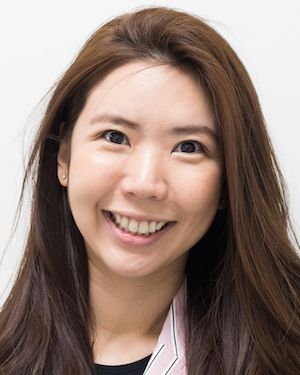
When You Have a Full House Sheltering in Place ⟩
March 23, 2020, by Catherine
Having just come back from Spring Break, many of us are trying to figure out our new routines. I am grateful that despite being an international student, my family and I are together, safe and well. Nevertheless, living in a house with a kindergartner, a fourth grader, two active older adults, and two adults working remotely makes one full house. Boundaries need to be set in place, while new structures will need to be created while some old ones must be maintained. As the resident OT in our home, I have set some new house rules that I hope will pull us through, and might inspire some ideas for you.
- Get out of your pajamas. Despite having to stay home all day, we still have school and jobs to attend to. Maintaining our morning routines as though we actually have to leave the home has been helpful in getting the day started. Getting a little dressed up before I sit down in my work area has helped me get in the zone and stay focused. I have seen that this has also worked with the kids. Getting into their school clothes has reminded them that we are not on an extended vacation, but trying to go through business as usual.
- Separate your space. Even before the struggles of “shelter in place” we had heard countless times that it is helpful to separate our work and rest space for our mental and physical health. While working remotely has been a privilege, it can sometimes feel that I am constantly working, when I am never able to leave the confines of my desk in my bedroom. To address this, I recently moved all work related materials into our shared “office” aka the dining room table that we rarely use. This has become our new space where we each do our respective school assignments and work. A makeshift open office space if you will. When we are sitting here, we are learning to be respectful of our time, but I can see that it is also teaching the little ones to practice social etiquette. Nevertheless, I am just one poke away to answer any geometry questions should they come up.
- Make yourself a quiet place. During the unpredictable and challenging times we live in today, a quiet place to meditate, think, and even just breathe for a couple minutes have been a luxury. Social distancing aside, as a caregiver and a member of the “sandwich generation” sometimes you need to give yourself some me time. Especially if you can hear children screaming in the background for 90% your waking hours, silence is golden. I have found that the car has been a refreshing place of a few minutes of peace and quiet.
- Don’t forget to connect to other people. While I can not emphasize enough how much I love my family, it has been important to keep in touch with those I am not blood related to. Thanks to the internet and all the apps out there, I have been able to stay connected with my network. Whether it be through text or video chat, or just commenting on posts, it’s good to stay connected and check in.
- Communicate. Sometimes when we are with our family we can forget basic communications. We can make assumptions that we fully understand each other’s needs, leading to more misunderstandings and possibly even hurt feelings. Extended periods of close connectedness, can be met with unexpected challenges we may not have anticipated. For example, when I need to concentrate, I prefer a calm environment, but my sister does her best work when she is talking and walking in circles, and prefers to use her speakerphone. I never knew this until we tried to share a work space and I will leave the details out, but you probably can imagine. Through open communication we were able to reach a compromise. I gifted her a pair of wireless earphones and she has agreed to take her important calls on the lawn.
These are just some reflections on my attempts to create some balance and productivity while we adapt to our current state of life in my family. I hope to continue to share with you my progress with any new ideas or updates that I think may be helpful or entertaining. As always, I am here for all of you who may have any questions about my life as an OTD resident, student, and as a resource of support. Fight on!
⋯
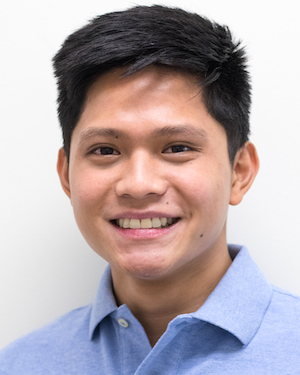
Sometimes life gets in the way — and it’s ok! ⟩
February 28, 2020, by Japeth
Spring semester is almost over and my blogging life is halfway through. This area of work as a student ambassador has been a privilege and has served as a good way for me to share a bit of my life to all. This post is, by far, the most personal that I am posting; I am not one to post my thoughts and emotions online, but I feel like this post could be inspiring to everyone who might be going through a lot, all at once.
2019 was a good year to me: I was able to come to LA and take my MA at my dream university; I met so many friends from my cohort and other cohorts, and even outside of the Chan Division; I got the ambassador position which I really wanted; I am now specializing in the areas of OT that I am most interested in, and etc! So, how can one think that 2020 would be not so nice, right? When 2020 started, I had the most positive of thoughts I could ever think. However, as days and weeks unfold, I feel as though bad news just keep coming.
January-February have been really tough, not just for me but for most of the people I know. When bad times occur, we need to trust our coping mechanisms to help us get through the obstacles. Mine happens to be doing a lot of stress eating, retail therapy, or something spiritual like hearing a mass. In addition to these well-established coping strategies, I explored a new one this semester: self-talking. I think that it has been really helpful to me, especially in shaping my thoughts from a negative standpoint to becoming more positive, or at least to see the positive side of every awful situation.
My two takeaways in this entire two-month emotional and psychological rollercoaster ride would be:
- There will always be things and situations that will come our way and are definitely out of our control; but what we do have control in is how we react to them. One example I can share would be the cancellation of our international externship. I am sure that everyone is frustrated and sad about this. But when I thoroughly reflect on the situation, I realized that nobody wanted this to happen and we are all victims of such circumstance. Maybe the healthiest way to deal with this is to accept that we cannot change it; rather, we can find a solution.
- It is all about perspective. This is really difficult to practice because when we are under high levels of stress and tension, our perspective gets blurry. For me, it took me a long while to be able to really do this by heart. One time, Dr. Milman, one of USC Chan’s best professors, greeted me while we came across each other in the hallway. She asked me if I was having a good day since I was really smiling at her. All I said was, “You will have a good day if you think that it is a good day . . . perspective is everything!”
I have been using “Fight On” many, many times when I end a blog post, so now I want to end this one with the line that I have been telling my friends lately: “When you hit rock bottom, there is no way to go but UP!!!”
⋯

Reflections on Gender, Leadership and the OTD ⟩
February 24, 2020, by Catherine
I knew I had found my forever occupation (the other definition), when I first walked through the CHP hallway’s “Walk of Fame” adorned with the portraits of Trojan giants of our field: Margaret Rood, A. Jean Ayers, Elizabeth Yerxa, and Florence Clark (just to name a few). It was as if their legacies emanated through the halls, empowering me to make hard pivot, leaving behind my past career managing corporate transactions to delve into the meaningful, life changing profession that is occupational therapy.
Prior to Chan, I attended a small women’s liberal arts college for my undergraduate degree here in the US, and a larger women’s university for my MBA in Korea. I was surrounded by a false sense of security that gender was not an issue, and that my intellect and skills were all I would need to achieve my career goals. Following my interests, I found employment in finance, technology, entertainment, fashion and journalism.
Entering the working world was a wake-up call. The stories of the glass ceiling are real, and in my personal experience, every industry and profession has invisible obstacles for women to succeed. Navigating corporate structures, traditional policies, and the socially embedded expectations for women are hurdles that are no easy feat to overcome alone. In a recent report by World Economic Forum’s the US ranked 53rd out of 153 countries on gender parity, “focusing on four main themes: economic participation, educational attainment, health and survival, and political empowerment.”
While occupational therapy has been one of the few professions that has been dominated by women for over a century, stereotypes about our gender, lack of awareness of the value of occupations, and what occupational therapists bring to the table are the very real barriers practitioners face in the workplace. In fact, research has shown that “Though they may feel discomfort in a feminized field, men do not face structural barriers in occupational therapy . . . In such jobs, men are disproportionately pushed into management positions, with better pay, more prestige, and less hands-on care” (Beagan & Fredericks, 2018). It was no wonder that I was in awe of our “Hall of Fame”.
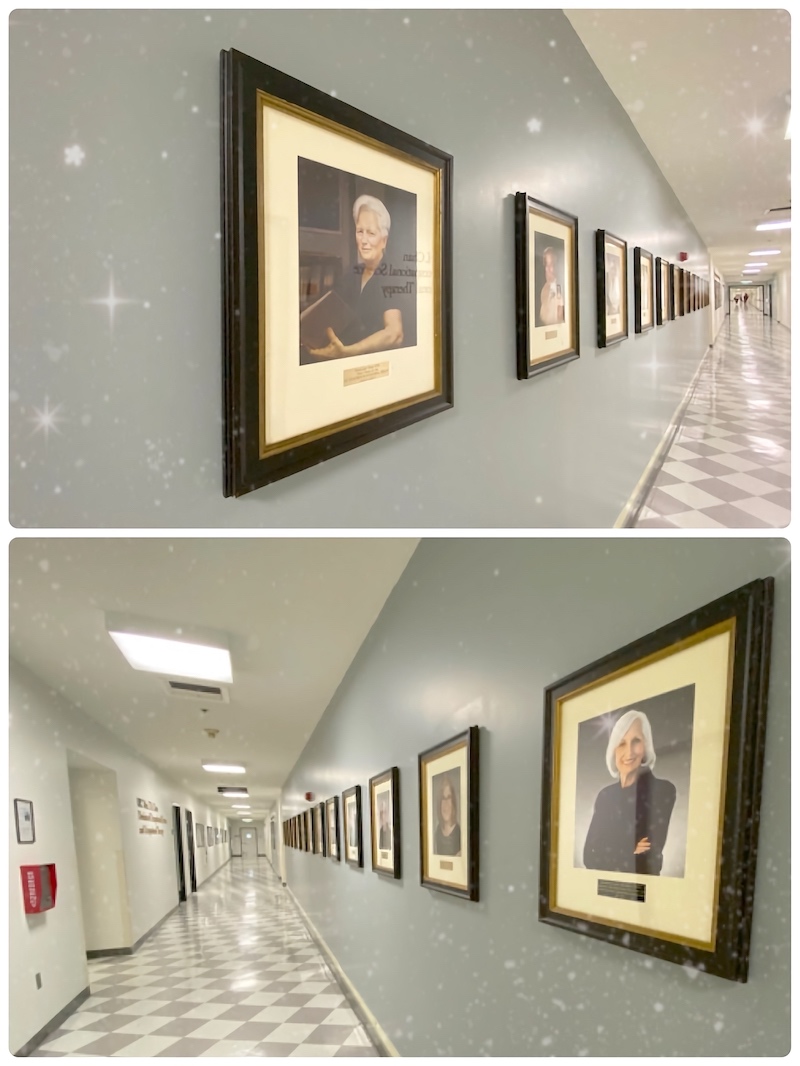
The Hall of Fame in the main hall of USC Chan
The OTD is a year long program that not only has allowed me to deepen my clinical understanding of meaningful, occupation focused interventions for my clients; it has given me an opportunity to hone my leadership skills and is preparing me to be a leader in my own right. The core courses and faculty mentorship has been integral to this process. The continuous achievements of the USC Chan Trojan network, highlighted in our news fueling the fire. I am inspired and energized to follow in their footsteps. I hope all women in their prospective industries are able to find strong mentors in their field, but if you are an occupational therapist, I sincerely believe there is no better place than the OTD program here at Chan to make that a reality.
Beagan, B. L., & Fredericks, E. (2018). What about the men? Gender parity in occupational therapy. Canadian Journal of Occupational Therapy, 8(2), 137-145. https://doi.org/10.1177/0008417417728524
Jacson, S. (2019, December 23). It will be 257 years before women have equal pay, gender gap report says. NBC News. https://nbcnews.com/news/world/it-will-be-257-years-women-have-equal-pay-new-n1103481
Yeung, J. (2019, December 17). Global gender equality will take another 100 years to achieve, study finds. CNN Business. https://cnn.com/2019/12/17/asia/gender-pay-gap-uk-wef-intl-hnk-scli/index.html
⋯
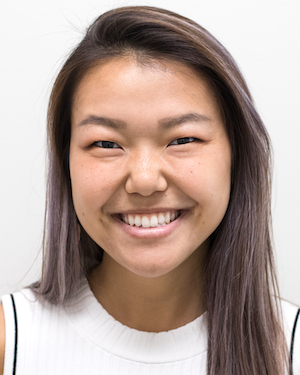
Throwback Thursday ⟩
February 20, 2020, by Kaho
Admissions Externships Housing and Transportation International Life Hacks Living in LA What are OS/OT?
As I was brainstorming what to write for my upcoming blog posts, I found myself at a complete blank. Nothing came to mind. I thought, what unique information can I provide as a student? As an ambassador? Social media chair? Then, a lightbulb switched on. Why don’t I take advantage of the data I’ve learned to analyze this year and make a compilation of other amazing blog posts? So, here we are. Here are the top 10 most popular blog posts from past and current student ambassadors (from Jan 1, 2015 through today), according to page views by you all! There are some oldies but goodies and they’re all definitely worth a read, so check them out.
- How to write a personal statement
- How to explain what occupational therapy is
- A Leadership Externship experience in South Korea
- A breakdown of the workload/life of an OT student
- Pros and cons of living at Currie Hall
- Pros of living in OT House vs. Pros of living somewhere else
- A different Leadership Externship experience in South Korea
- Pros and Cons of living in OT House
- Incorporating yoga into occupational therapy
- The role of occupational therapy in oncology
Hope you find these helpful!
⋯





